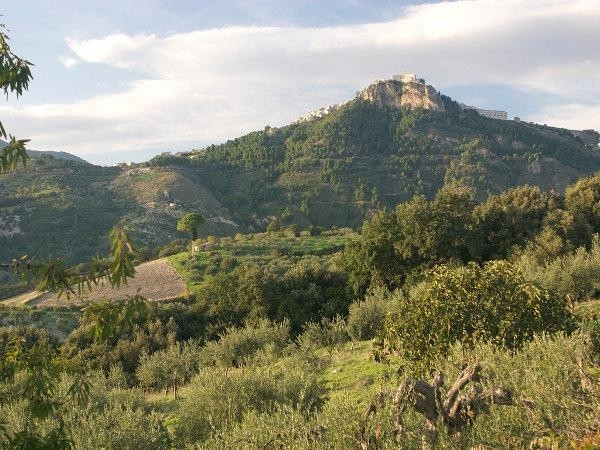Earliest Italian wine discovered is more than 5,000 years old
Pottery hidden in a Sicilian cave contains the oldest traces of Italian wine ever discovered.

Ancient ceramic jars have been discovered in Italy containing traces of wine more than 5,000 years old. The wine-stained vessels were discovered in Monte Kronio in Agrigento, off the coast of south-west Sicily.
The pottery held traces of tartaric acid and tartrate, which are found in grapes and marked the pots out as likely ancient wine containers. The research is published in a study in the Microchemical Journal.
It's commonly thought that winemaking emerged in Italy in the Middle Bronze Age, between 1300 and 1100 BCE. This is the time when grape seeds begin to be found in an agricultural context. Towards the north of Italy, the Etruscans are thought to have been the first serious viticulturists in the area, well before the Romans.
The discovery of older wine to the south will prompt a rethink of the history of wine in the country. The Sicilian wine dates from the Copper Age, a time of transition between the stone and iron age cultures.
Studying the residues left in pottery can tell scientists a lot about the ancient diet and cooking habits of ancient cultures. Milk residues as much as 7,000 years old have been found in previous research on pottery in the Mediterranean, revealing prehistoric agricultural practices.
While studying the pots and vessels themselves can reveal a lot about a culture, molecular analysis of the food and drink traces left behind are more telling, say the study authors, led by Davide Tanasi of the University of South Florida in the US.
"However, more direct evidence for dietary constituents derives from the identification of intact plant and animal remains collected during the excavations but also from the exam of the amorphous remains of foodstuff associated with artefacts," the authors write in the study.
"Organic residues adhering to the surface or absorbed into the porous fabric of an unglazed cooking vessel should provide important information both about the usage of the vessel and dietary practices."
In the next stages of the research, Tanasi and his colleagues will address the important question of whether the wine was white or red.

© Copyright IBTimes 2025. All rights reserved.






















